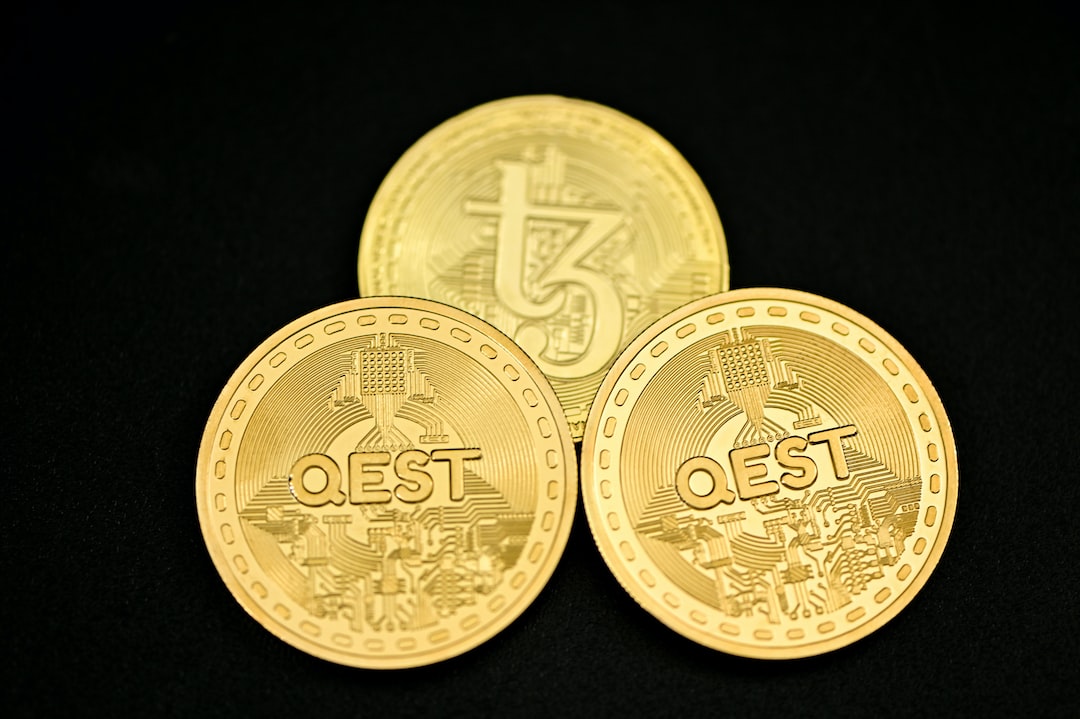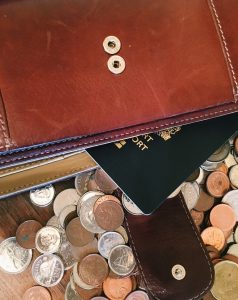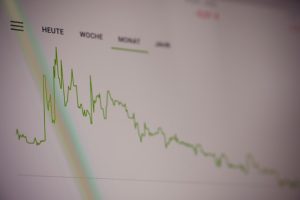Fibonacci levels are a popular tool used in technical analysis to identify potential areas of support and resistance in the forex market. These levels are based on the Fibonacci sequence, a mathematical pattern where each number is the sum of the two preceding numbers. The most commonly used Fibonacci levels in forex trading are 38.2%, 50%, and 61.8%, but there are other levels that traders use to identify potential price levels. In this article, we will explore the strongest Fibonacci levels for forex trading and how they can be used to improve trading strategies.
38.2% Fibonacci Level
The 38.2% Fibonacci level is the first level traders look for when analyzing a chart. This level is calculated by taking the difference between the high and low of a trend and multiplying it by 38.2%. The resulting number is then subtracted from the high to find potential support levels.
Traders often use this level to identify potential retracements in a trend. If a currency pair is in an uptrend, traders may look for the price to pull back to the 38.2% level before resuming the uptrend. Conversely, if a currency pair is in a downtrend, traders may look for the price to bounce off the 38.2% level before continuing the downtrend.
50% Fibonacci Level
The 50% Fibonacci level is considered a strong level of support or resistance. It is calculated by taking the difference between the high and low of a trend and multiplying it by 50%. The resulting number is then added to the low to find potential resistance levels.
Traders often use the 50% level to identify potential reversal points in a trend. If a currency pair is in an uptrend, traders may look for the price to retest the 50% level before continuing the uptrend. Conversely, if a currency pair is in a downtrend, traders may look for the price to bounce off the 50% level before continuing the downtrend.
61.8% Fibonacci Level
The 61.8% Fibonacci level is the final level traders use in their analysis. It is calculated by taking the difference between the high and low of a trend and multiplying it by 61.8%. The resulting number is then subtracted from the high to find potential support levels.
Traders often use the 61.8% level to identify potential retracements in a trend. If a currency pair is in an uptrend, traders may look for the price to pull back to the 61.8% level before resuming the uptrend. Conversely, if a currency pair is in a downtrend, traders may look for the price to bounce off the 61.8% level before continuing the downtrend.
Other Fibonacci Levels
While the 38.2%, 50%, and 61.8% levels are the most commonly used Fibonacci levels, there are other levels that traders use to identify potential price levels. These levels include:
23.6% Fibonacci Level – This level is calculated by taking the difference between the high and low of a trend and multiplying it by 23.6%. The resulting number is then subtracted from the high to find potential support levels.
78.6% Fibonacci Level – This level is calculated by taking the difference between the high and low of a trend and multiplying it by 78.6%. The resulting number is then subtracted from the high to find potential support levels.
100% Fibonacci Level – This level represents the high or low of a trend. Traders often use this level to identify potential reversal points in a trend.
Conclusion
Fibonacci levels are a powerful tool in a forex trader’s arsenal. They can be used to identify potential areas of support and resistance in a trend, which can help traders make better trading decisions. The 38.2%, 50%, and 61.8% levels are the most commonly used levels, but traders can also use other levels to identify potential price levels. It is important to remember that Fibonacci levels are not foolproof and should be used in conjunction with other technical indicators and fundamental analysis to make informed trading decisions.





